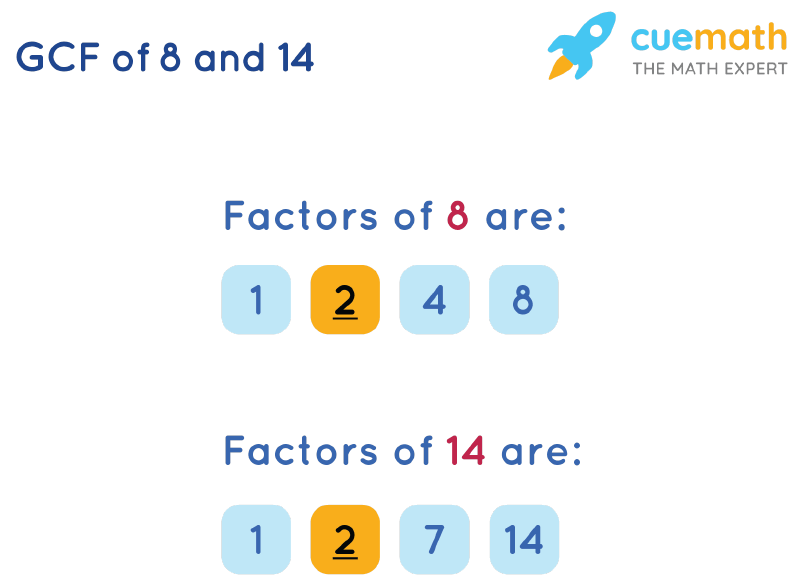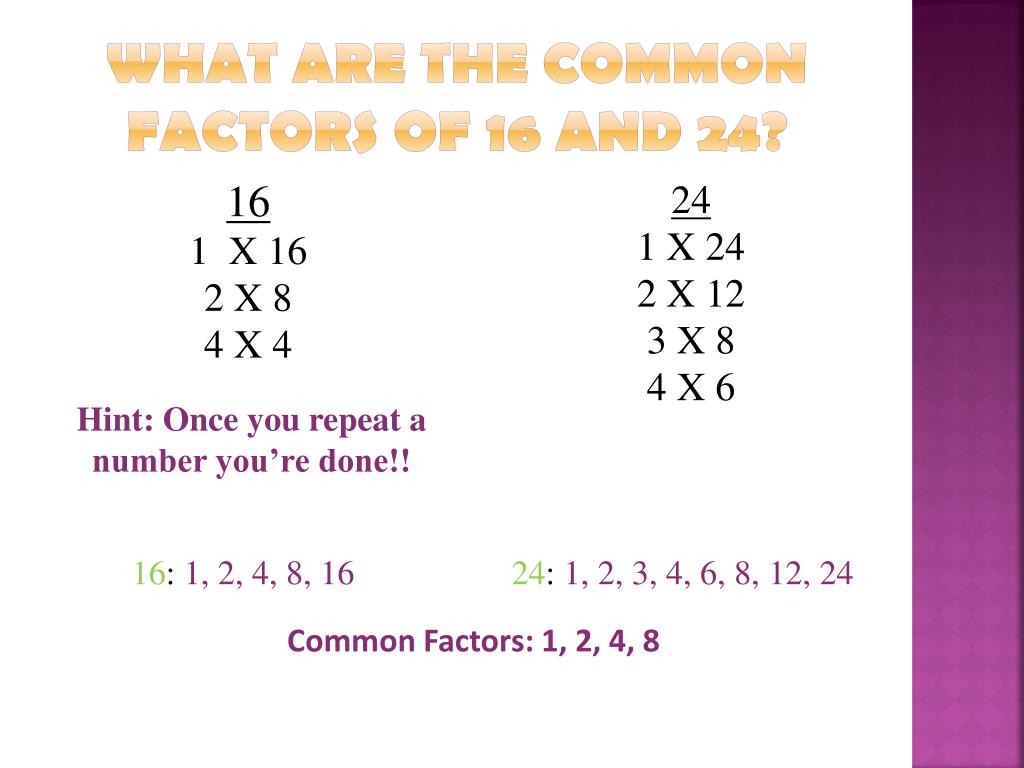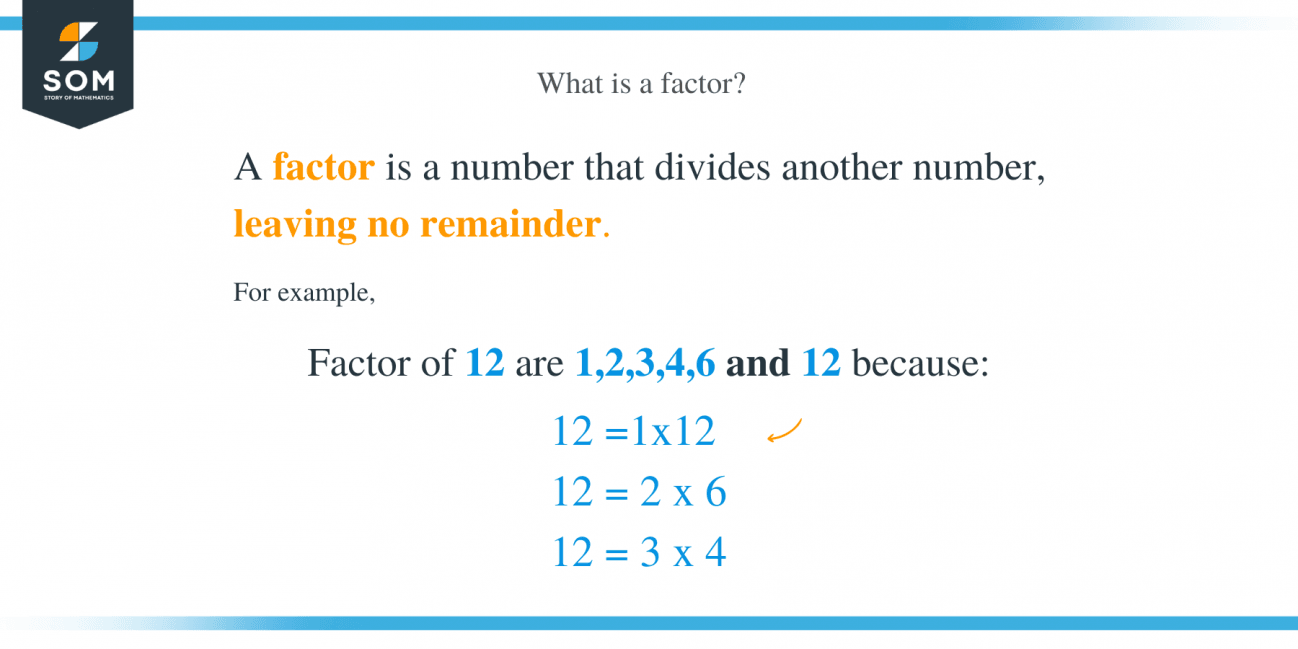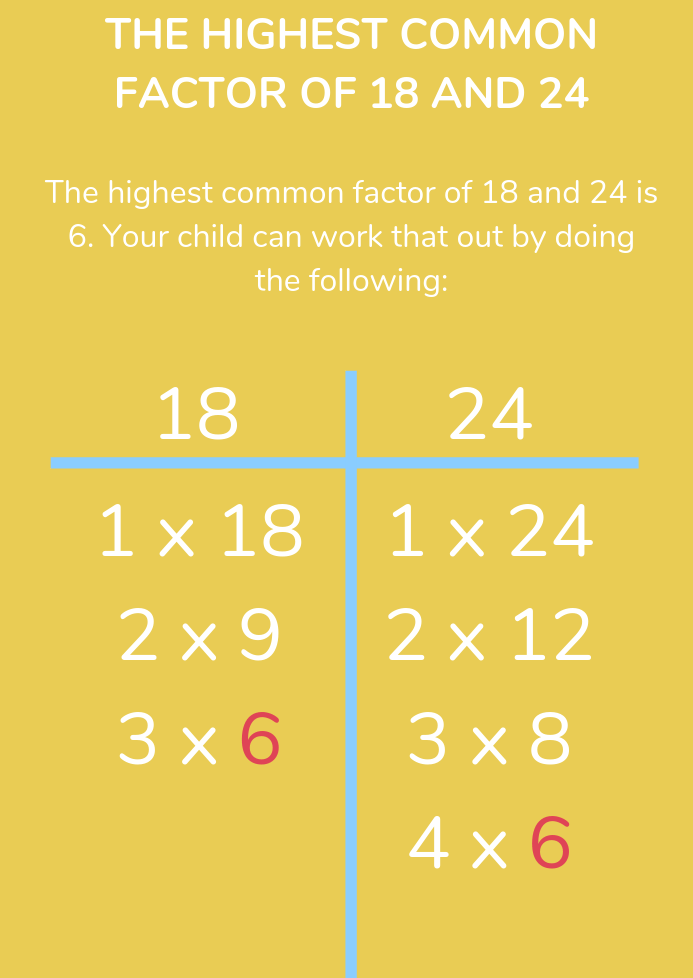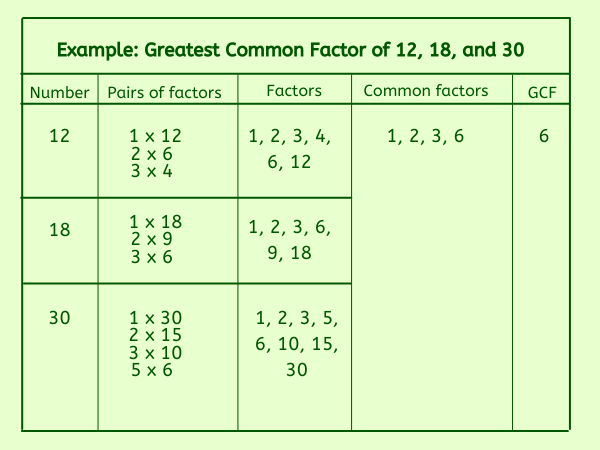What Are The Common Factors Of 14

Imagine a cozy classroom, sunlight streaming through the window, illuminating a group of children huddled around a whiteboard. Their faces are alight with curiosity as their teacher, Ms. Rodriguez, guides them through a mathematical puzzle. Today’s mission: to unlock the secrets of the number 14. It might seem like a simple number, but as the students soon discover, 14 holds a universe of factors within it, each telling a story of division and multiplication.
At its core, finding the factors of a number involves identifying all the whole numbers that divide evenly into it. For 14, these numbers are 1, 2, 7, and 14. Understanding factors is crucial not just for basic arithmetic but also for more complex mathematical concepts like fractions, algebra, and number theory.
The Foundation: What are Factors?
Factors, in simple terms, are the numbers that you can multiply together to get another number. For instance, the factors of 12 are 1, 2, 3, 4, 6, and 12 because 1 x 12 = 12, 2 x 6 = 12, and 3 x 4 = 12. Identifying these factors is a foundational skill in mathematics.
This skill helps build a strong understanding of multiplication and division, paving the way for tackling more complex problems later on. It’s like learning the alphabet before writing a novel; essential building blocks for mathematical fluency.
Unveiling the Factors of 14
So, how do we discover the specific factors of 14? The process is quite straightforward. We start by checking which numbers, beginning with 1, divide into 14 without leaving a remainder.
Let's begin: 1. 1: 14 ÷ 1 = 14 (Therefore, 1 is a factor) 2. 2: 14 ÷ 2 = 7 (Therefore, 2 is a factor) 3. 7: 14 ÷ 7 = 2 (Therefore, 7 is a factor) 4. 14: 14 ÷ 14 = 1 (Therefore, 14 is a factor)
After 2, we check 3, 4, 5, and 6. None of these divide evenly into 14. When we reach 7, we find that it's already on our list. The factors of 14 are therefore 1, 2, 7, and 14.
Prime Factorization: A Deeper Dive
Beyond simply listing the factors, we can also explore the prime factorization of 14. Prime factorization breaks down a number into its prime number components. A prime number is a number greater than 1 that has only two factors: 1 and itself (e.g., 2, 3, 5, 7, 11).
To find the prime factors of 14, we look for prime numbers that divide evenly into it. 14 is divisible by 2, giving us 7. And 7 is itself a prime number. Therefore, the prime factorization of 14 is 2 x 7.
Why Factors Matter: Real-World Applications
Understanding factors might seem abstract, but it has many practical applications. From dividing a pizza equally among friends to organizing items into groups, factors are fundamental to everyday tasks.
In computer science, factors play a critical role in algorithms and data structures. Cryptography, the art of secure communication, also relies heavily on prime numbers and their factors to encrypt and decrypt data. Even in fields like architecture and engineering, factors are used to ensure structures are stable and balanced.
"Mathematics is the queen of sciences, and arithmetic the queen of mathematics." - Carl Friedrich Gauss
The Significance of Understanding Factors
The ability to identify factors strengthens critical thinking and problem-solving skills. It teaches you to look for patterns, identify relationships between numbers, and approach mathematical problems methodically.
Furthermore, understanding factors provides a foundation for learning more advanced mathematical concepts. This understanding helps the learners approach more complex mathematical equations.
Factors and Fractions: A Natural Connection
Factors are intrinsically linked to fractions. When simplifying fractions, we often need to find common factors between the numerator and denominator. For example, if we have the fraction 14/28, we can simplify it by finding the common factor of 14.
Since 14 is a factor of both 14 and 28 (28 ÷ 14 = 2), we can divide both the numerator and denominator by 14. This simplifies the fraction to 1/2. This is just one of the ways in which factors play a role in fractions.
Beyond the Textbook: Engaging with Factors
Learning about factors doesn’t have to be confined to textbooks and worksheets. There are many fun and engaging ways to explore this concept. Games, puzzles, and real-world activities can bring factors to life.
For instance, you can use building blocks to demonstrate factors. If you have 14 blocks, you can arrange them into groups of 1, 2, 7, or 14, illustrating the factors of 14 visually. These hands-on activities can help make learning more memorable and enjoyable.
"Pure mathematics is, in its way, the poetry of logical ideas." - Albert Einstein
A Lifelong Skill
As Ms. Rodriguez concludes her lesson, the students understand that factors are more than just numbers that divide evenly. They are keys to unlocking mathematical mysteries and building a strong foundation for future learning. It’s not just about memorizing facts; it’s about developing a way of thinking.
From simple arithmetic to complex algorithms, factors are an integral part of the mathematical world. Understanding factors empowers individuals to approach problems confidently, think critically, and appreciate the beauty and logic of mathematics.
The journey of understanding factors, like any mathematical exploration, is a continuous one. Keep questioning, keep exploring, and keep discovering the endless possibilities that numbers hold.
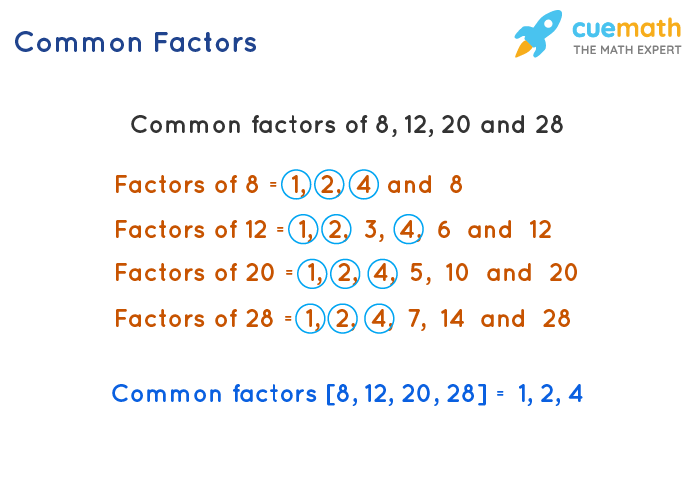
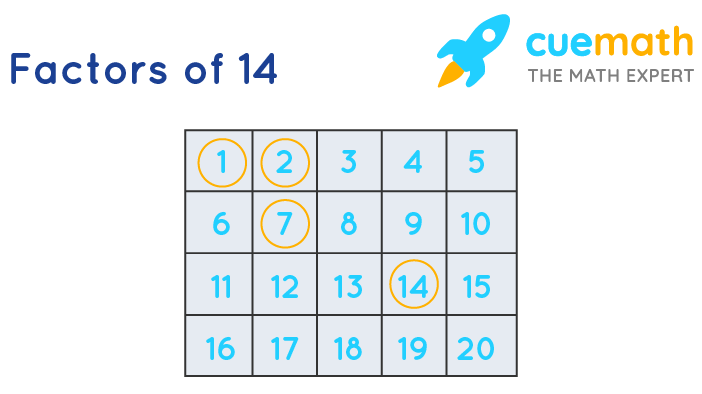


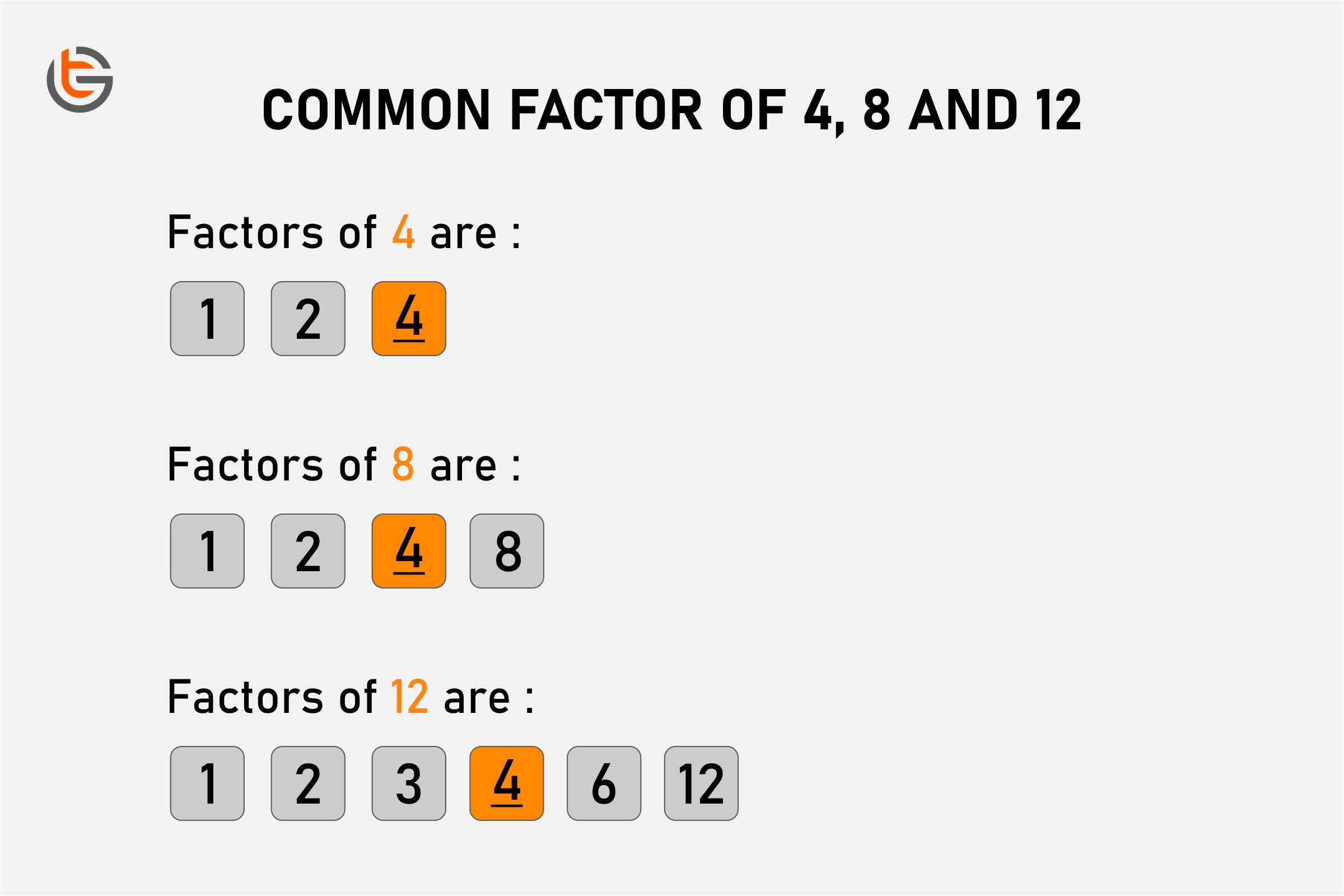
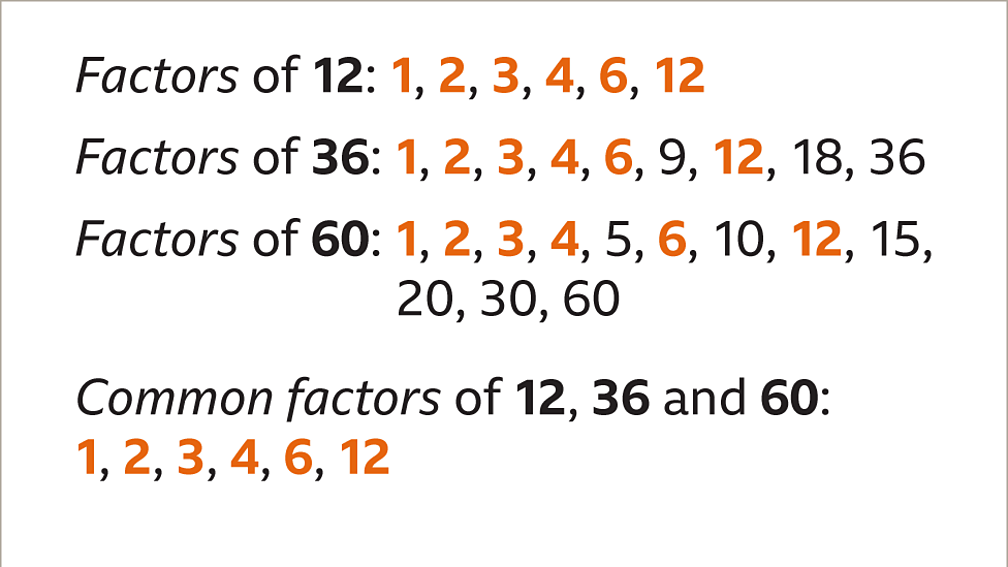

+M:+Find+the+prime+factorization+of+each+number:+14+%3D+2*7+42+%3D+2*3*7+and+84+%3D+2*2*3*7..jpg)

